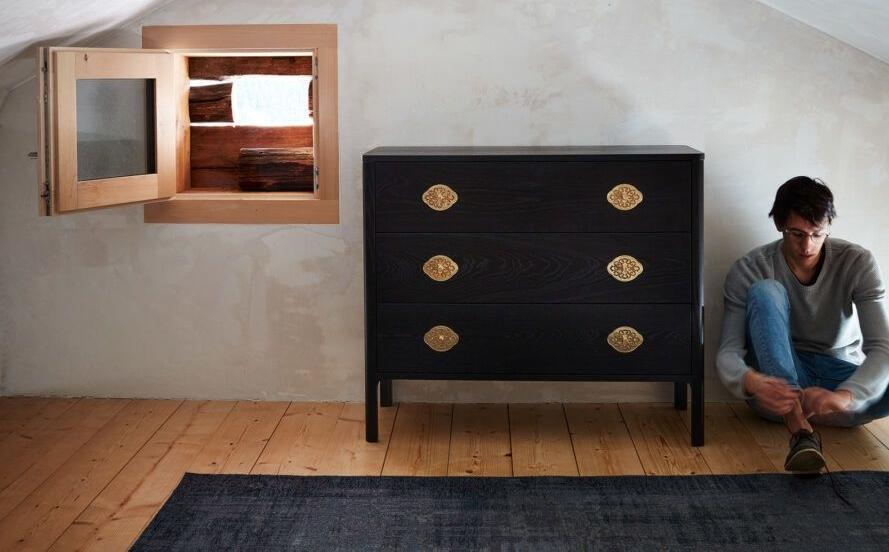A+A’s two-part interview with MoMA’s guest curator, Jean-Louis Cohen, continues today. He is the Sheldon H. Solow Professor in the History of Architecture at the Institute of Fine Arts, New York University, and he is responsible for giving us “LeCorbusier: An Atlas of Modern Landscapes,” currently on display at the museum. Today’s post deals with some of the details of developing the exhibition:
How long did it take to pull the exhibition together from conception to opening date?
As with many such projects, there are different cycles of time. Defining the checklist, negotiating the loans, designing and hanging the show took no more than eighteen months. But this relatively rapid production was only made possible by decades of previous research, some of which dating back to the early 1980s.
How many worked on it? What resources did you draw upon? How many pieces are in it?
The core team at MoMA was relatively small, and included primarily during the planning stage a research assistant with the Architecture and Design Department, some administrative staff, and the museum’s designer Jerry Neuner, whose contribution has been invaluable. During the production stage, no less than twelve departments were involved, each with its own culture and its own rituals, and this required dozens of people. As for the lenders of the 320-odd pieces exhibited, the major one is by far the Le Corbusier Foundation in Paris; there are exceptional loans by Columbia and Princeton Universities where the drawings made during his lectures of 1935 are kept, and also loans of unseen material from the Canadian Centre for Architecture, and many other collections.
The intent of this exhibition?
The main idea was to reconsider the work of a man who is arguably the greatest architect of the twentieth century, and to reinsert it into the current discussion, without however pretending that his architectural language is as such relevant today. By following the thread of landscape, one sees Le Corbusier at work, constantly responding to topography and climate, and adjusting his designs, while at the same time writing about the state of the world around him. It is perhaps more in his attitude than in his designs that I would find a useful experience for today’s practice.
The inspiration?
More than in previous research or in Le Corbusier’s theories, the main trigger was perhaps for me the rediscovery of some of his buildings in their very site – most notably the Ronchamp chapel and the La Tourette monastery. Understanding how intimately they were inscribed in the horizons and the topography, I started investigating more broadly the issues finally considered in the show and in the thick book published in parallel.
The challenges of pulling it together, and the editing process?
The main challenge dealt with the selection of a narrow group of works,in relationship with the immensity of the archive – 32,000 architectural drawings, 8,000 art drawings, 200 paintings, not mentioning sculptures and photographs. I had to leave aside media such as sculpture, and largely photography, and to ignore all the models made recently in order to focus on the historical ones. Also, I had to select the most striking drawings strengthening my point, and this implied leaving aside important ones – also, it is true, the ones most frequently exhibited in the past 30 years.
The exhibition runs through Sept. 23.
For more information, go to: http://www.moma.org/visit/calendar/exhibitions/1321
[slideshow id=953]

